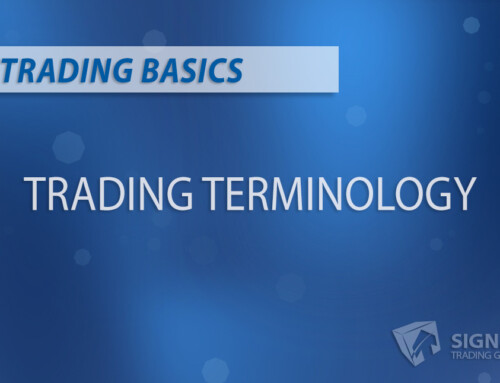How to Gain True Trading Confidence
Confidence is crucial to success in any endeavor, and trading is no exception. Developing true trading confidence can make all the difference between mediocre returns and a thriving investment portfolio. In this blog post, we will explore two ways to achieve absolute trading confidence: through experience and a deep systematic evaluation process.
The Power of Experience
One of the best ways to build confidence in any skill is through experience. However, gaining experience in trading can take a lot of work, especially for beginners. It takes time to learn how the various instruments work, understand market dynamics, and, most importantly, test strategies to see what works and what doesn’t.
During this process of gaining experience, traders often encounter various pitfalls, including:
- Overconfidence: after a string of successful trades, it’s easy to get carried away and take excessive risks.
- Fear: on the flip side, a series of losses can lead to anxiety, causing traders to miss good opportunities.
- Emotional decision-making: traders may make decisions based on emotions rather than rational analysis.
To avoid these pitfalls:
- Develop and stick to a set of trading rules to guide your decision-making.
- Keep a detailed trading journal, noting successes and failures to learn from them.
- Be patient and recognize that learning takes time and that setbacks are an invaluable part of the learning process.
One trader who cultivated his trading skills through experience is Jesse Livermore, considered one of the greatest traders of all time. Livermore famously began his career as a “boy plunger,” using his intuition and self-taught techniques to make millions in the stock market. However, this path took him many years to develop his strategies and the confidence that helped him achieve success.
Deep Systematic Evaluation Process
Another, more efficient way to gain trading confidence is by adopting a deep systematic evaluation process. This approach uses data-driven techniques to analyze the markets, evaluate trading strategies, and refine them based on performance metrics.
Critical aspects of a systematic trading evaluation process include:
- Backtesting: Testing your trading strategies using historical data to see how they would have performed.
- Performance metrics: Analyzing various performance metrics, such as win rate, risk-adjusted return, and maximum drawdown, to gauge the effectiveness of your strategies.
- Monitoring and reporting: Continually monitoring your strategies’ performance in real-time as you execute trades and reporting on the results to identify areas for improvement.
An example of a successful trader who relied on a systematic approach is Ed Seykota, a pioneer in electronic trading. Seykota built his reputation on creating systematic trading algorithms based on trend following and momentum. By focusing on his trading system and deep analysis, Seykota achieved an impressive track record with annual returns of over 60% for more than twenty years.
To implement this approach:
- Develop or choose a well-defined trading system that suits your trading style and risk tolerance.
- Conduct thorough backtesting and data analysis to optimize your strategies.
- Continually monitor and adjust your strategy, staying disciplined and data-focused.
Conclusion
Gaining confidence in the trading arena is essential for long-term success. While experience is a valuable teacher, it can take time and be littered with pitfalls. Adopting a deep systematic evaluation process for those seeking a more efficient approach can quickly propel you toward increased trading confidence. Remember that confidence doesn’t come overnight; building the skills to become a successful trader takes time and dedication.





